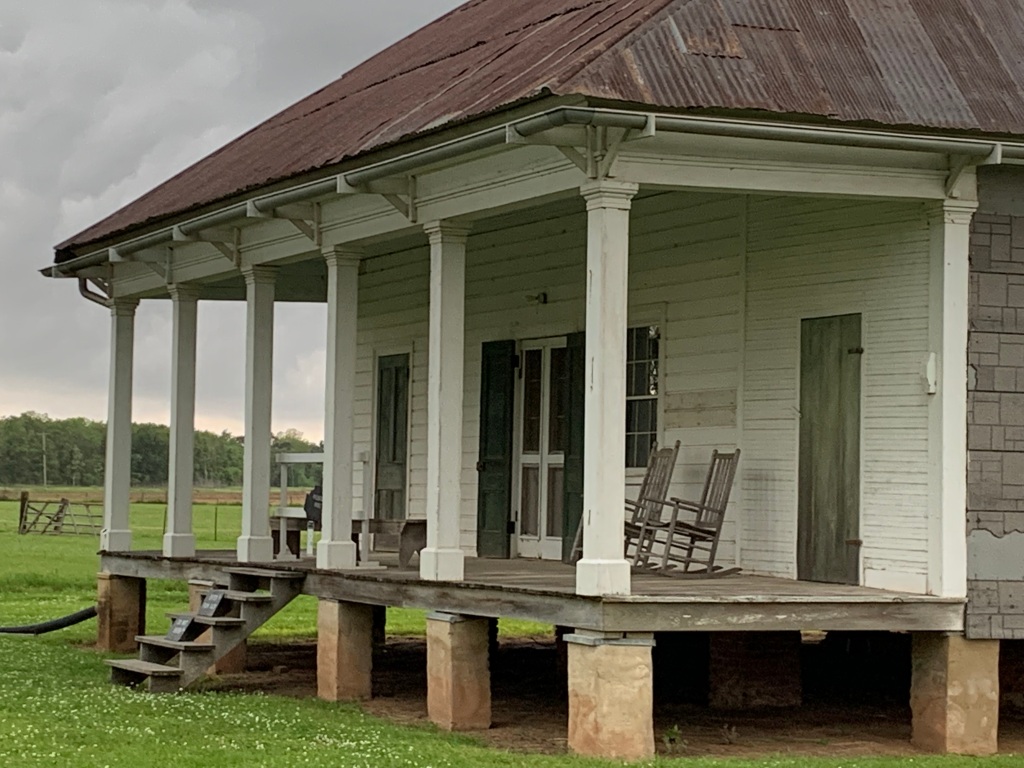
Charleston is a magnificent old port city, well worth an extensive visit. Beyond the colorful stately homes, historic churches and carriage rides, there’s the fateful battle that ignited the Civil War and much more. When I visited Fort Sumter by park ferry (before renouncing carbon travel), my kids and I stared in awe at the ships and harbor. In May of 1862, Robert Smalls, an enslaved ship’s pilot, secretly commandeered a confederate steamship, the Planter, brought his family and friends aboard under cover of darkness and maneuvered the ship out of Charleston, past forts and ships to deliver it to the Union. Fort Wagner of Glory fame (see Boston & New Bedford) was one of those confederate forts at the mouth of the harbor, before the sea took it.
Why the bench? Beloved author Toni Morrison once explained that she wrote that book in part due to the lack of suitable monuments to capture the enormity of slavery, despite centuries of oppression and discrimination. From the impact on Africa, the millions killed in the transatlantic passage, the millions bred in captivity, the millions worked until death, the millions separated, raped and tortured, to the millions kept in ignorance and darkness for centuries, there has been no full accounting, no complete understanding and precious little effort to try. Since the interview, benches have been place in a few places around the world, including the back corner here, at Fort Moultrie near the dock.
“There is no place you or I can go, to think about or not think about,
Toni Morison, from an interview in 1989
to summon the presences of, or recollect the absences of slaves . . .
There is no suitable memorial, or plaque, or wreath, or wall, or park, or skyscraper lobby.
There’s no 300-foot tower, there’s no small bench by the road.
There is not even a tree scored, an initial that I can visit or you can visit
in Charleston or Savannah or New York or Providence or better still on the banks of the Mississippi.”
This vast crime against humanity, slavery, was the cause of the Civil War, not the attack on Fort Sumter. And the bench, while far too small a gesture, is a good place to start thinking about it. Another step would be to fund grants and awards to the descendants of enslaved people for producing literature and other great works, to help make up a little of the deficit caused by centuries of enforced silence, forbidden literacy and lives erased.
